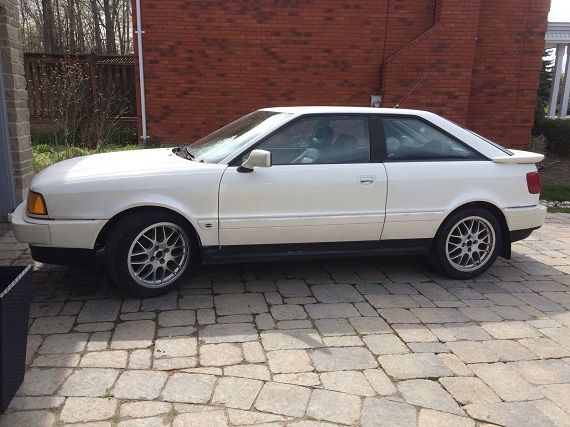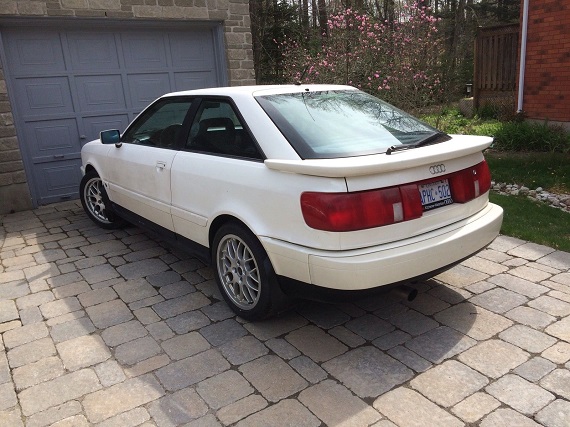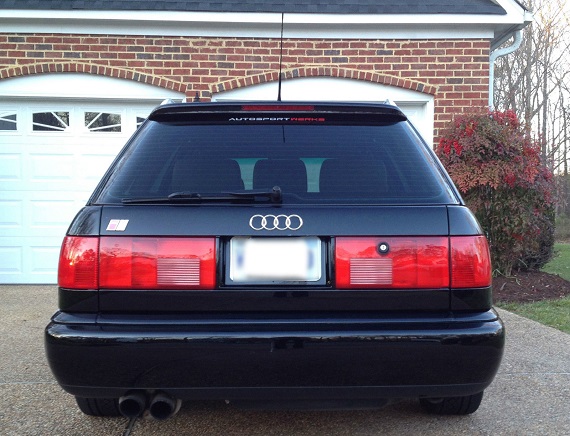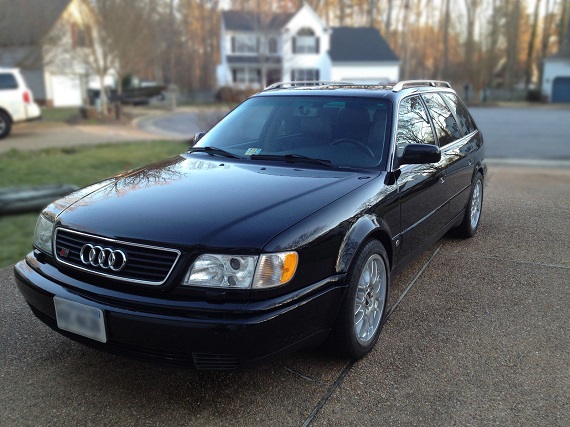Nomenclature has been something Audi fans have struggled with, but to be fair the naming scheme from Ingolstadt hasn’t always been particularly straightforward. For example, though ubiquitous as the Coupe GT, there was actually a trim and performance difference between B2 front drive Coupes and Coupe GTs. Similarly, though U.S. fans often fair to recognize it, the B3 Coupe quattro was actually the second Coupe quattro; Europeans enjoyed the option of having a non-turbocharged, non-flared version of the B2 platform which few but the most dedicated U.S. Audi Coupe fans are aware of. Then there’s the name – properly, a capitalized Quattro refers to the aforementioned legend – the model that launched the branding of Audi’s all-wheel drive system. Every subsequent model that followed properly has a lowercase “q” if it sported the optional all-wheel drive. That even goes for models that were only offered in all-wheel drive, such as the V8 quattro. So confusing is the naming scheme that fans have taken to using “Ur” to refer to the Quattro (though proper capitalization would take care of the problem) for not only the original model, but the C4 S4/S6 and I’ve even been seeing it used for TTs, A4s and a few others. But the B3 and B4 Coupe wasn’t just offered in all-wheel drive; there were a long line of optional engines in the Coupe in both two and four wheel drive. However it only came to the U.S. in one configuration – the under appreciated 7A inline-5 20V motor pushing all four wheels. The B3 ran the second generation of quattro, with the center differential controlled by a Torsen unit and the rear open with an optional, speed limited locking unit. It upped the safety and electronic options to respond to market demands. They were heavy with electronic features including power seats, and passengers enjoyed the confusing safety net known as PROCON-10 – essentially, a series of cables which pre-tensioned seatbelts in the event of a crash. Though the production run of U.S. Coupes was brief at only 2 years and roughly 1700 units, there were many changes over that time. The motor changed ISV valves and computers as well as swapping from a tubular header to a cast iron unit. Shortly into production, airbags became standard on both the Coupe and sedan models. A rear swaybar was added, along with changes to the hydraulic system. All of these went relatively unseen to consumers, making the only notable change the addition of a glass sunroof to 1991 models. For the most part, these cars came fully loaded with the only options being Pearlescent White Metallic paint and power heated seats, unlike the sedan which despite being fewer in number has much more variety in options. This 1990 example was basically as expensive as a B3 got here:
Tag: RX
Certain cars have a few known issues or subjective desires when considering their value. Talk about a 500E and the wiring harness comes up. Mention a 996 non-turbo and instantly people start shouting “IMS” even if they don’t know what it means or what it does. And every time I mention anything about an E46 M3 the first question is instantly SMG related. Those are certainly all important and relevant factors in determining the value of their respective models. But when it comes to the S6 Avant, for me the first question when determining value is “Does it run?”. And the answer, which is almost invariably yes, almost certainly affirms the value. As with their 200 20V quattro grandfather I looked at last night, the S6 Avant has a cult following and of the few hundred that were imported most are well used by this point. But they were well built cars that shrug off improbably high mileage such that the expectation when looking at one is that the odometer probably reads north of 200,000. Properly maintained and modified, they are a package without peer:



